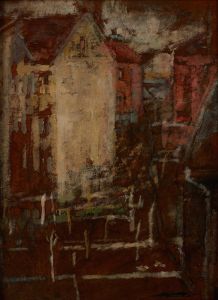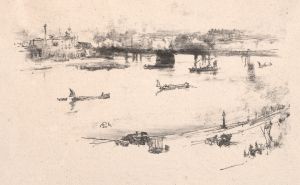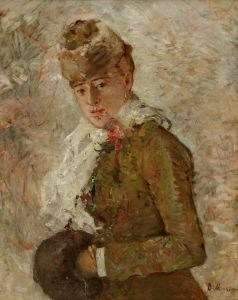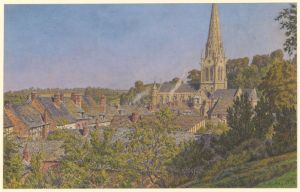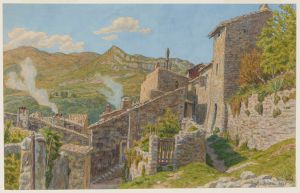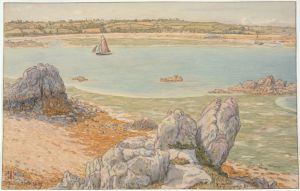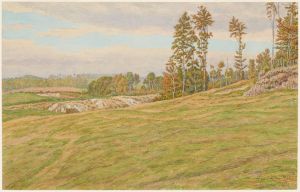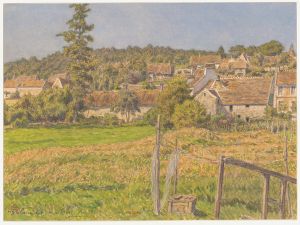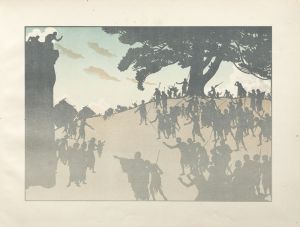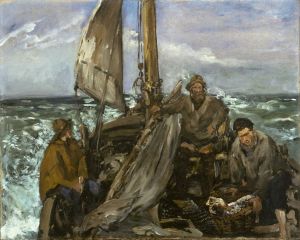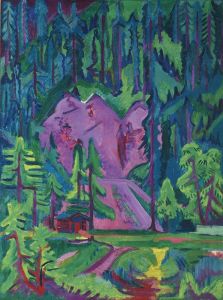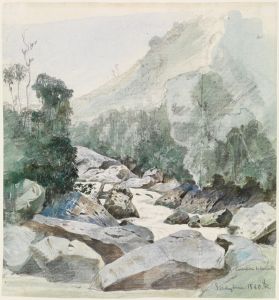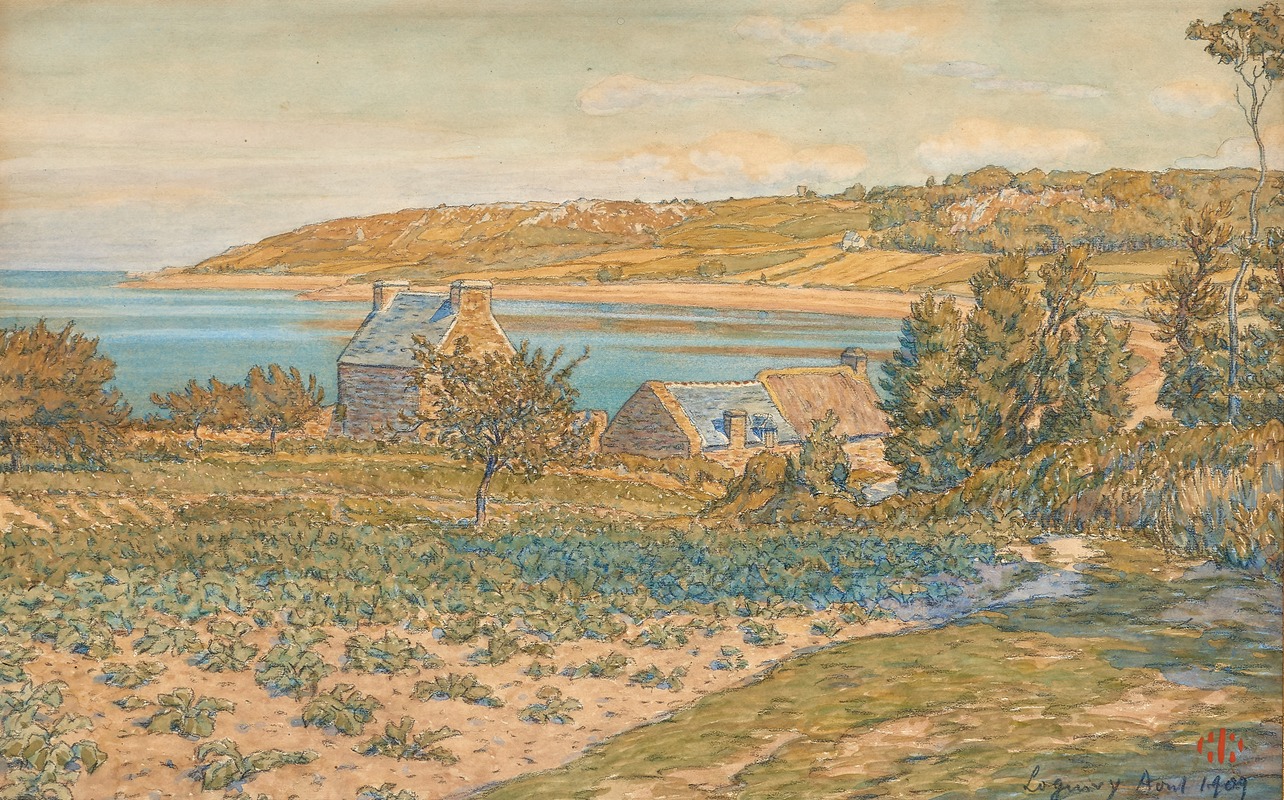
Paysage à Loguivy
A hand-painted replica of Henri Rivière’s masterpiece Paysage à Loguivy, meticulously crafted by professional artists to capture the true essence of the original. Each piece is created with museum-quality canvas and rare mineral pigments, carefully painted by experienced artists with delicate brushstrokes and rich, layered colors to perfectly recreate the texture of the original artwork. Unlike machine-printed reproductions, this hand-painted version brings the painting to life, infused with the artist’s emotions and skill in every stroke. Whether for personal collection or home decoration, it instantly elevates the artistic atmosphere of any space.
Henri Rivière's Paysage à Loguivy is a notable work by the French artist, who is best known for his contributions to printmaking and his depictions of the French countryside. Rivière (1864–1951) was a prominent figure in the late 19th and early 20th centuries, particularly recognized for his innovative use of color and his incorporation of Japanese artistic influences, which were part of the broader Japonisme movement in Europe at the time.
The artwork Paysage à Loguivy reflects Rivière's deep appreciation for the natural landscapes of Brittany, a region in northwestern France that he frequently explored and depicted in his works. Loguivy, a small coastal village in Brittany, served as the inspiration for this piece. The village's picturesque scenery, characterized by its rugged coastline, fishing boats, and traditional Breton architecture, often appeared in Rivière's art. His works from this period are celebrated for their ability to capture the unique atmosphere and light of the region.
Rivière was particularly influenced by Japanese woodblock prints, especially those of artists like Katsushika Hokusai and Utagawa Hiroshige. This influence is evident in Paysage à Loguivy through its use of flattened perspective, bold outlines, and harmonious color palettes. These stylistic elements allowed Rivière to create a sense of depth and tranquility while emphasizing the simplicity and beauty of the natural world.
While Rivière is perhaps best known for his series of lithographs titled Les Trente-six Vues de la Tour Eiffel (The Thirty-Six Views of the Eiffel Tower), which was directly inspired by Hokusai's Thirty-Six Views of Mount Fuji, his works depicting Brittany, including Paysage à Loguivy, hold a significant place in his oeuvre. These pieces showcase his ability to merge traditional European artistic techniques with the aesthetics of Japanese art, resulting in a unique and innovative style.
Rivière's works, including Paysage à Loguivy, were primarily created using lithography and other printmaking techniques. This medium allowed him to produce multiple copies of his works, making them more accessible to a broader audience. His art was widely appreciated during his lifetime and continues to be studied and admired for its technical mastery and cross-cultural influences.
Today, Henri Rivière's works are held in various museums and private collections, and they remain an important part of the history of modern art. Paysage à Loguivy exemplifies his dedication to capturing the essence of the French landscape while incorporating elements of Japanese art, making it a significant piece in the context of late 19th and early 20th-century art movements.





